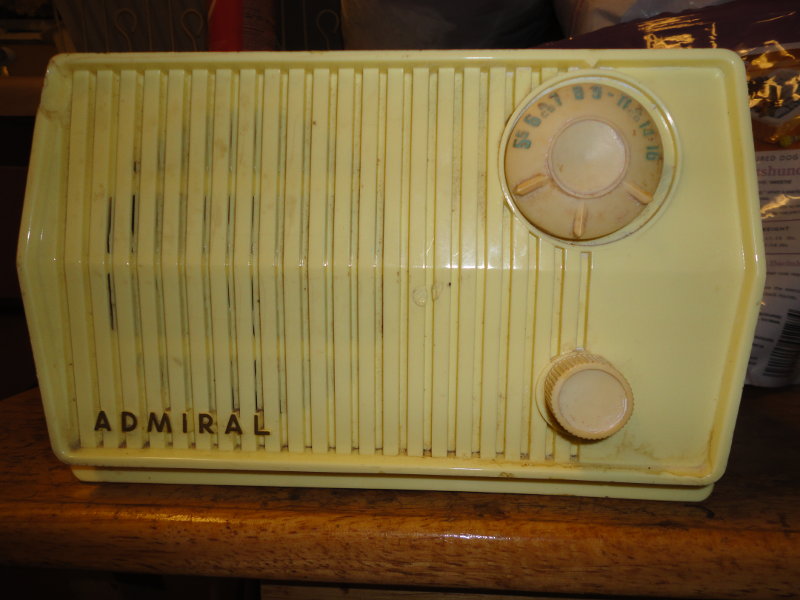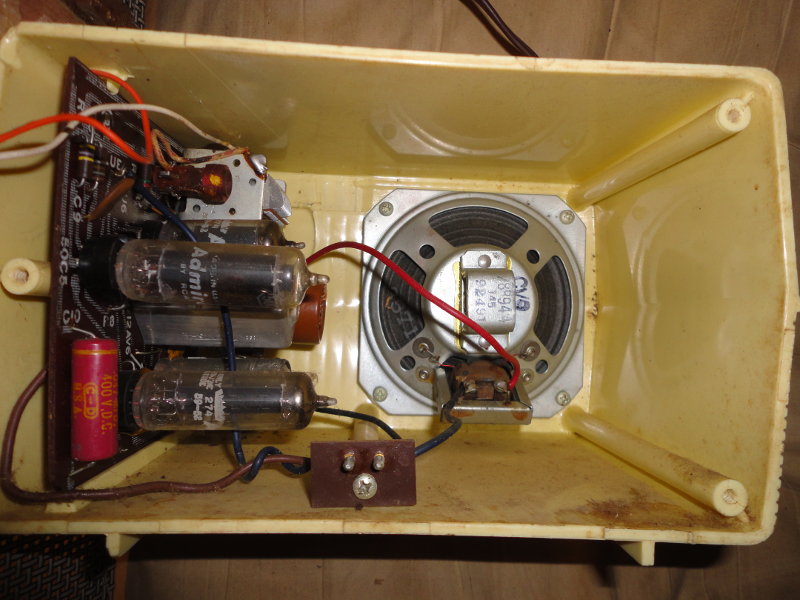Well…with all this
using OpenSuse then replacing it then going back to it, it is
becoming easier to use, due to sheer repetition.
Helpful thing’s I’ve
learned using OpenSuse:
Use
Networkmanager [Yast2>Network Settings>Global Options>User
controled with Network Manager] first thing, much easier to connect
to networks.
Use Apper [GUI]
NOT Yast to install programs. In addition I have found that the
online, 1-click install, via a web browser usually works.
zypper is the
[command line]
tool can you use to install programs. It’s kind of
like Debians apt program.
Many programs
that require authentication, will appear to be stalled, when really,
the authentication popup is behind the main window!
A new user who may
just happen to use Apper first off to install software and had no
problems may wonder what all my complaining is about. However, as a
old former Suse (NOT OpenSuse) user I naturally assumed you used Yast
for most things, so that’s where I started.
I mentioned before
how I found Yast wanting to install a redicilious ammount of
dependancies. Many making no sense to me.
For example,
installing Krita…
Yast required
over 280 (47×6=280…47 per page, over 6 pages) additional
dependancies. The 1st page alone reported that Marble, bash-doc,
digikam-doc among other dependancies would be installed. WTH? In
addition it asked me to accept 2 (gstreamer, flash) licenses.
Apper only
reported that it required 21 additional dependancies to be installed.
And it installed the program fine. Everything seems to be working.
I’m learning
OpenSuse by trial and error and like it more and more. If it wasn’t
for the fact that my other fallback distros [SolydX, Manjaro] kept
falling short in some manner I probably wouldn’t be using OpenSuse.
Now you may say in addition to OpenSuse you only tried SolydX and
Manjaro but I excluded all Ubuntu based distros [because if Ubuntu
dies they all die] and that knocks down the list a lot. Because
these days I just want something that is intutive and just works.
With all that being
said I really can’t think of another better distro to use as a
fallback or primary distro than OpenSuse. OpenSuse based on Suse is
one of the oldest distros around and like Fedora which is based on
Redhat. A distro based on Ubuntu is better for new or experienced
user who wants something to work as easy as possible and/or is tired
of solving problems.

